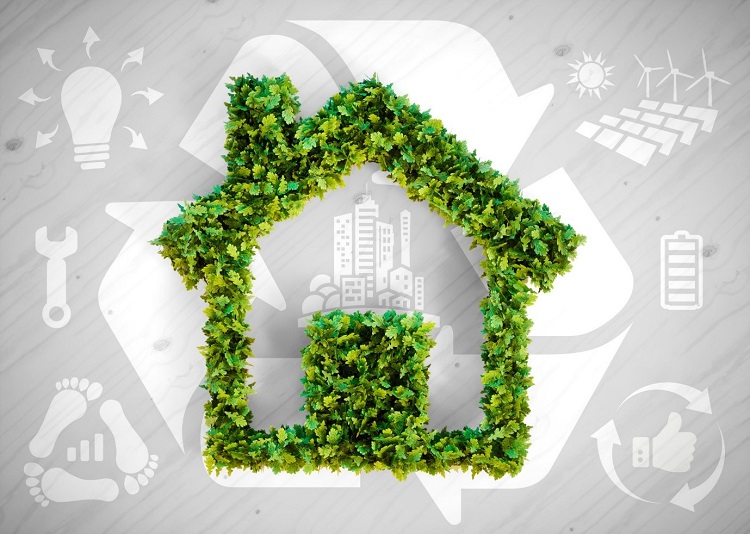In today’s environmentally conscious world, saving energy is not just a personal responsibility but a collective endeavor. Communities across the globe are recognizing the importance of reducing energy consumption to not only save on costs but also to contribute to a more sustainable planet. The path to energy conservation involves a blend of innovative strategies, community engagement, and shared initiatives that can transform everyday energy use into a more efficient and environmentally friendly process.
The Power of Collective Action
At the heart of community energy saving is the concept of collective action. When entire communities come together to set goals and implement energy-saving measures, the impact is significantly magnified. This involves organizing community meetings to discuss and plan energy-saving strategies, educating residents about the benefits of reducing energy usage and encouraging small, everyday actions that contribute to larger energy savings. Simple steps like turning off lights when not in use, using energy-efficient appliances, and reducing water heating expenses can collectively lead to substantial reductions in energy use.
Educational Initiatives and Workshops
One effective way to encourage energy conservation is through education. Communities that are well-informed about the benefits of saving energy are more likely to engage in sustainable practices. Conducting workshops and seminars can teach residents various ways to conserve energy in their homes and workplaces. These sessions can cover topics such as thermal insulation, the use of programmable thermostats, and techniques for optimizing home energy use during different seasons. Furthermore, these workshops provide a platform for residents to share their insights and tips, fostering a collaborative environment for learning and improvement.
Investment in Renewable Energy
While individual actions are crucial, larger-scale projects also play a pivotal role in community energy conservation. Investing in renewable energy sources is one of the most effective methods a community can adopt. Solar energy, in particular, has seen a surge in popularity, especially in places like California, where the climate is conducive to solar panel usage.
In California, the concept of community solar in California is revolutionizing how groups of people can tap into renewable energy without the need to install solar panels on every individual property. This model involves a shared solar power plant where the electricity generated is used by multiple households. It not only makes solar power more accessible but also reduces the overall carbon footprint of the community.
Smart Technology and Energy Management Systems
Technology plays a crucial role in modern energy conservation strategies. Smart technology and home energy management systems can monitor and control the energy usage of appliances and systems within the home. These devices can automatically adjust the heating, lighting, and air conditioning based on usage patterns and occupancy, leading to a more efficient use of energy. For instance, smart thermostats can learn a household’s schedule and temperature preferences, adjusting the heating and cooling systems to operate only when needed.
Community-wide Energy Audits
Another strategic approach is conducting community-wide energy audits. These audits help identify areas where energy waste is occurring and propose corrective measures. For example, older buildings often have less insulation, which leads to higher energy loss. Community audits can pinpoint these issues, and collective efforts can be made to upgrade insulation and windows, leading to significant energy savings across the community. By regularly reviewing audit results, communities can continuously update their strategies to enhance overall energy efficiency.
Behavioral Changes and Energy Challenges
Encouraging behavioral change is also essential. Communities can organize energy-saving challenges or competitions, which can motivate residents to consciously reduce their energy consumption. Prizes or recognition for the most energy-efficient households can incentivize participation. These challenges not only promote community spirit but also help cultivate long-term habits that contribute to energy conservation. Additionally, regular feedback and progress reports can keep the momentum going, ensuring that these energy-saving behaviors are sustained over time.
Leveraging Local Resources and Partnerships
Developing partnerships with local businesses and government entities can further enhance a community’s ability to conserve energy. By collaborating with local utility companies, communities can access resources and programs designed specifically for large-scale energy efficiency. For example, utility companies often offer free or subsidized energy assessments, rebates for purchasing energy-efficient appliances, and special pricing plans for times when energy demand is lower.
Moreover, partnerships with local businesses can lead to the adoption of green technologies and practices. Businesses can support community energy goals by implementing eco-friendly operations, such as using energy-efficient lighting and HVAC systems, or by sponsoring community events focused on sustainability education.
For businesses seeking to optimize their energy consumption, utilizing a Business energy comparison tool can be an effective way to identify cost-saving opportunities and enhance overall efficiency.
Conclusion
Saving energy at the community level requires a diverse approach that combines education, technology, renewable energy investments, and collective behavioral changes. By embracing these strategies, communities can significantly enhance their energy efficiency, reduce environmental impact, and foster a culture of sustainability. Ultimately, the journey towards energy conservation is ongoing, but through shared efforts and community resilience, substantial progress can be made. Together, communities can forge a path to a sustainable future, benefiting both the environment and their own livelihoods.







